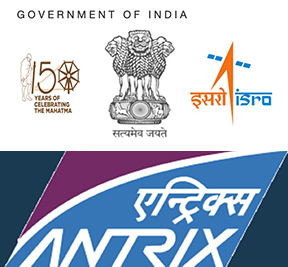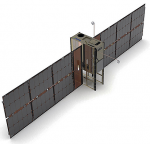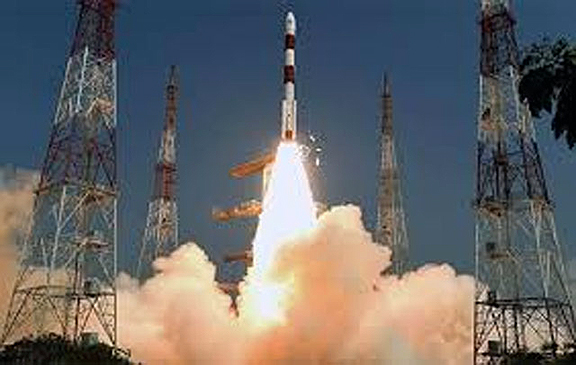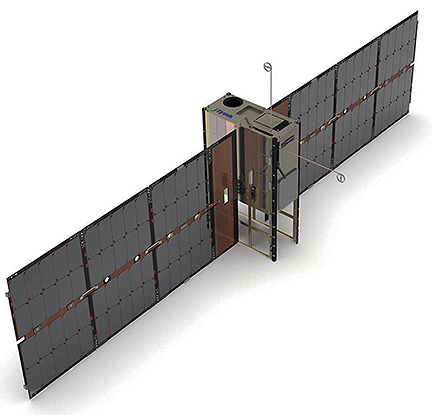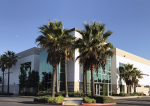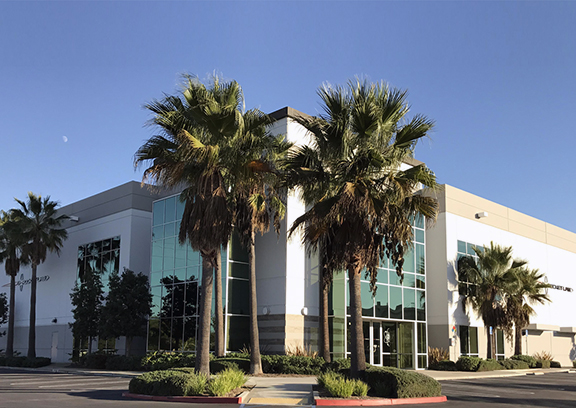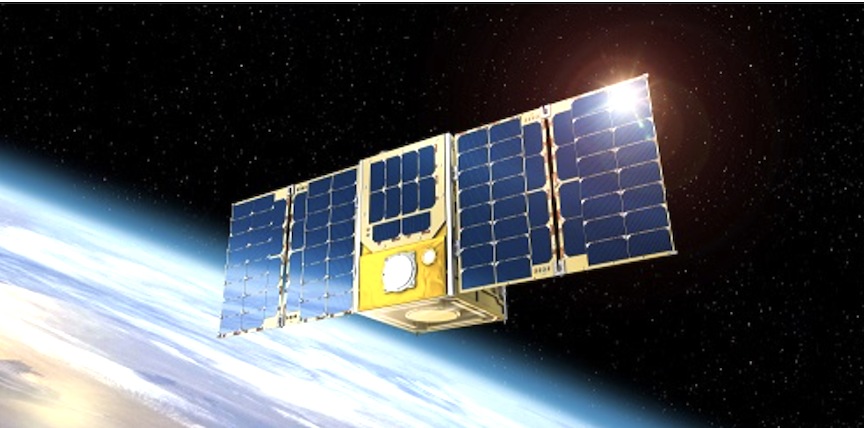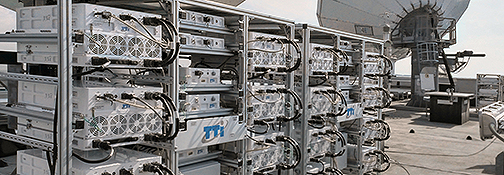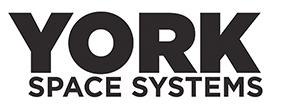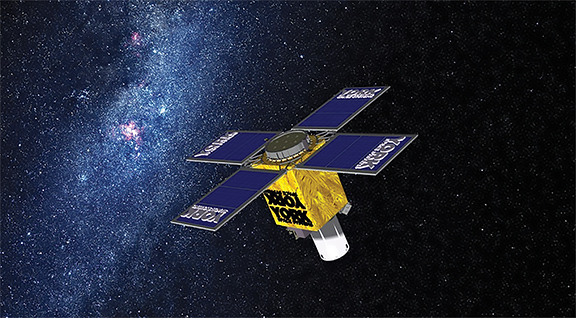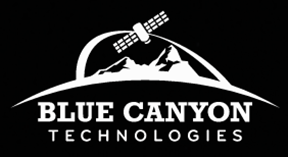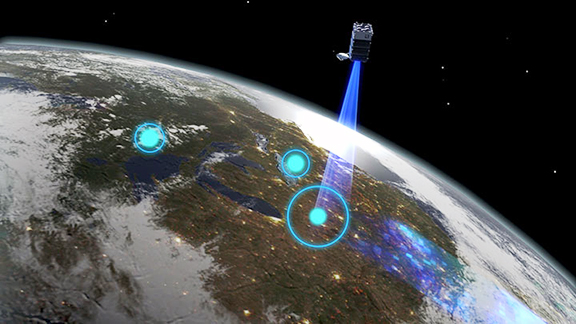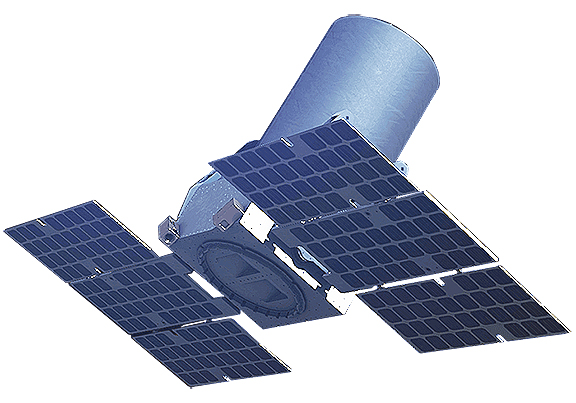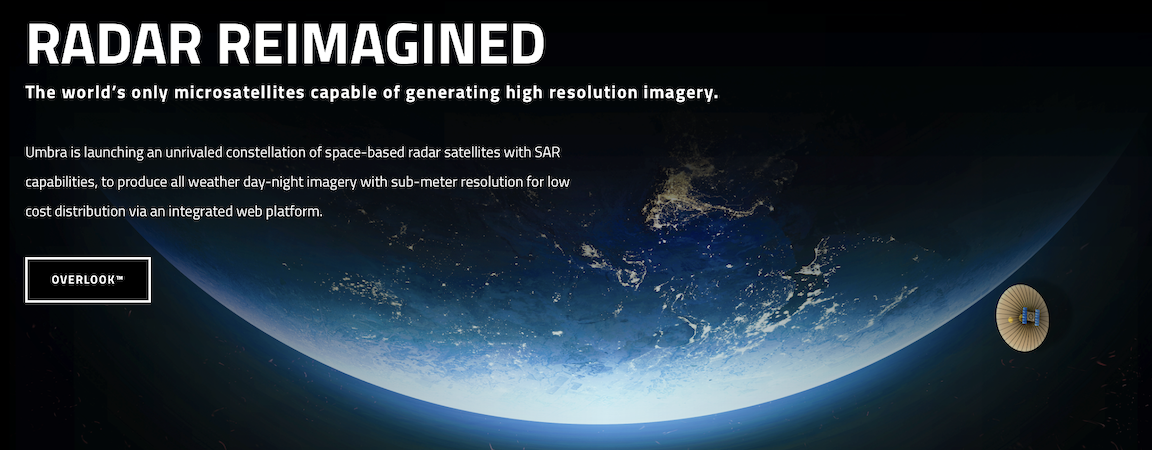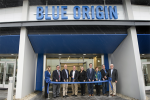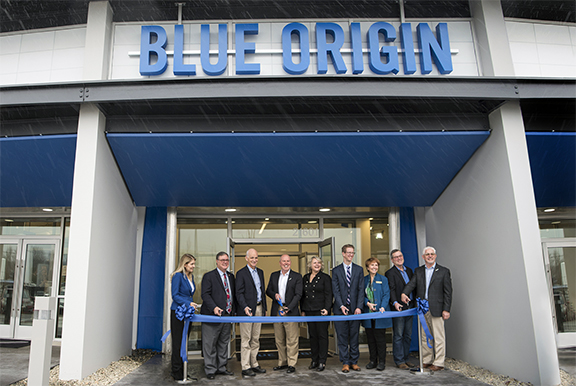
The first-ever, plant-powered sensor has successfully transmitted to a satellite in space — the pilot service, using plants as the energy source, has been developed by Plant-e and Lacuna Space.

The sensor doesn’t need batteries, due to the internal storage in the system, it’ll reduce cost, maintenance requirements and environmental impact. As long as plants continue to grow, electricity will be produced.
Combining the innovative energy harvesting technology developed by Plant-e with the extremely power efficient devices from Lacuna Space, these devices are completely self-sustainable and operate independent from sunlight, day and night.
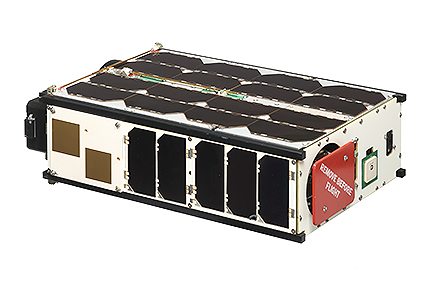
Photo of an M6P smallsat.
Image is courtesy of Lacuna Space.
The Internet of Things (IoT) prototype device, developed by the two companies, uses the electricity generated by living plants to transmit LoRa messages about air humidity, soil moisture, temperature, cell voltage and electrode potential straight to Lacuna’s satellite.

Plant-e schematic.
Future applications can be found in critical data gathering from agricultural land, rice fields or other aquatic environments without the need for any external energy sources. The pilot service is supported by the ARTES program from the European Space Agency (ESA).
Plant-e, a start-up from Wageningen, the Netherlands, has developed a technology to harvest electrical energy from living plants and bacteria to generate carbon-negative electricity. The output generates enough energy to power LEDs and sensors in small-scale products.
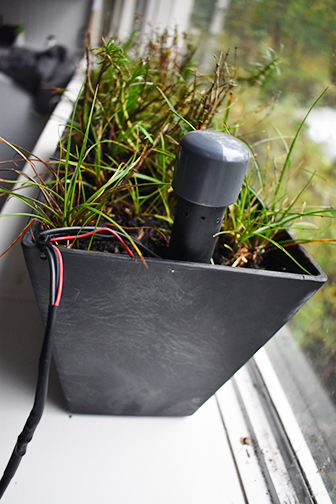
Lacuna, based in the UK and the Netherlands, is launching a LEO satellite system that will provide a global IoT service. The service allows collecting data from sensors even in remote areas with little or no connectivity. Currently, Lacuna Space is offering a pilot service with one satellite in orbit,and three more satellites are awaiting launch during the next few months.
Frank Zeppenfeldt, who works on future satellite communication systems at ESA, said the organization is enthusiastic about this demonstration that combines biotechnology and space technology. A number of new opportunities for satellite-based Internet-of-Things will be enabled by this technology.
Plant-e CEO Marjolein Helder added that this collaboration shows how effective plant-electricity already is at its current state of development. The company hopes this inspires others to consider plant-electricity as a serious option for powering sensors.”
Rob Spurrett, CEO and co-founder of Lacuna Space, noted that this opens up a new era in sustainable satellite communications. There are many regions in the world that are difficult to reach, making regular maintenance expensive and the use of solar power impossible. Through this technology, the company can help people, communities and companies in those regions to improve their lives and businesses.



